
Summertime and the reading is easy. Many people imagine a summer vacation that includes lying on a beach reading a book, while the sound of waves serenades our ears. People select all kinds of books for beach reads. A few of them are historical fiction.
Historical fiction is a broad category. On one extreme, it can be a story set during an historical period, but not focusing on a particular event or person. The other extreme is the story of events or persons rooted in the past. Good historical fiction requires extensive research and nuanced interpretation to bring people and events to life.
Echos of the Runes
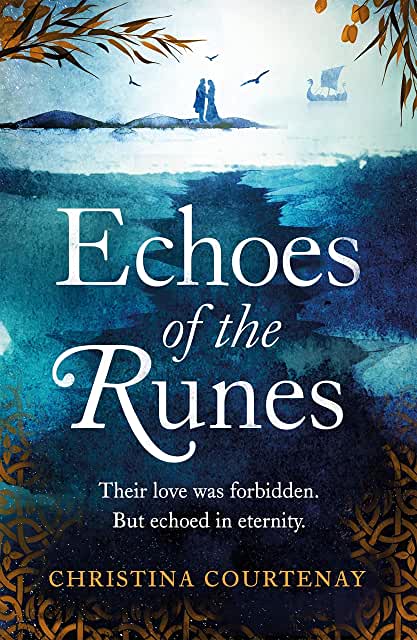
Christina Courtenay’s Echos of the Runes (2020) is a more escapist form of historical fiction. This is a time-slip novel, which means there are two connected stories in two separate time frames. The stories also cross into the genres of romantic fiction and coming-of-age fiction.
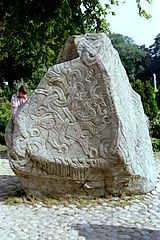
Mia is a modern career woman, specializing in Celtic artifacts at the British Museum. Her background is half-Swedish and half-English. Growing up, Mia spent her summers at her grandmother’s lake cottage in Sweden. But now she lives in London with her fiancee who has no interest in Mia’s Swedish roots.
Mia also possesses a distinct gold ring that has been passed down through the women in her family. Visiting a museum in Stockholm, she sees an identical ring on display, and meets archeologist Haakon Berger.
In the ninth century, Haukr Erlendrsson leads a raid to Briton for treasure and slaves. One of his captives is Ceridwen.

The two stories intertwine when Mia and Haakon lead an archeological dig at her grandmother’s lake cottage.
What sets Echos of the Runes apart from an average historical romance is Courtenay’s meticulous research into the material culture of ninth century Vikings.
Echos of the Runes is a good summertime beach read, engaging without demanding too much of the reader.
The Mirror & The Light
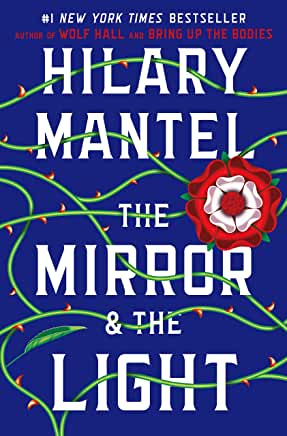
Hilary Mantel’s three volume history of Thomas Cromwell and his times is historical fiction at its most immersive. Mantel views events through the eyes of Thomas Cromwell, Henry VIII’s most consummate servant.
Mantel published the first installment, Wolf Hall, in 2010. Bring Up The Bodies followed two years later. Fans waited ten years for The Mirror & The Light. The final volume immerses readers in Henry VIII’s court for 764 pages.
During the last four years of his life, Thomas Cromwell was both Earl of Essex and Lord Keeper of the Privy Seal for services rendered to Henry VIII. Cromwell flatters his master, saying Henry is the mirror and the light for all other kings and princes in Christendom. Behind the scenes, Cromwell carries out the business of governance.
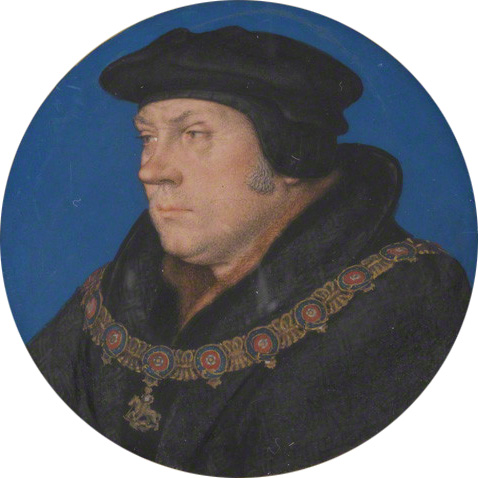
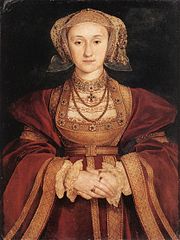
Cromwell is a busy man. He confiscates wealth from monasteries for the Henry’s treasury. He arranges a diplomatic marriage between Henry and Anne of Cleves in order to provide England with Protestant allies in the conflicts with Catholic Spain, France, and Germany. But Henry doesn’t want an alliance. He wants a bride to his taste, and Anne of Cleves doesn’t meet the mark. Cromwell facilities a divorce in which Anne keeps her head, and Henry is free to pursue Catherine Howard. All should be well, but Henry doesn’t forget Cromwell’s misstep.

Cromwell is kind to Henry’s officially bastard daughter Mary. Does he think to marry her? Is he trying to reach for the throne? Who can say? But the thought is there. In 1540, Henry orders Cromwell’s arrest for treason and heresy. He who sent so many to the tower, now resides there himself.
Each event is skillfully drawn in this rags-to-riches-to-execution story. On occasion the wealth of detail is too much to take, but it never detracts from the primary story. If you want to dip into a book throughout the summer months, The Mirror & The Light is an excellent choice.
Bearing in mind her distinctive accent, if you’d like to hear Hilary Mantel read from The Mirror & The Light, here’s a 3 minute clip.
📖📖📖
Illustrations
Woman reading at the beach by jgoge.
Rune Stone of Jellinge, Denmark by Sven Rosborn.
Hoard of Viking treasure in Leiden Museum by Marieke Kuijjer. [Objects are silver.]
Thomas Cromwell after Hans Holbein the Younger, 1537.
Anne of Cleves by Hans Holbein.
Portrait of Mary, Queen of England.

Sandra Wagner-Wright holds the doctoral degree in history and taught women’s and global history at the University of Hawai`i. Sandra travels for her research, most recently to Salem, Massachusetts, the setting of her new Salem Stories series. She also enjoys traveling for new experiences. Recent trips include Antarctica and a river cruise on the Rhine from Amsterdam to Basel.
Sandra particularly likes writing about strong women who make a difference. She lives in Hilo, Hawai`i with her family and writes a blog relating to history, travel, and the idiosyncrasies of life.

